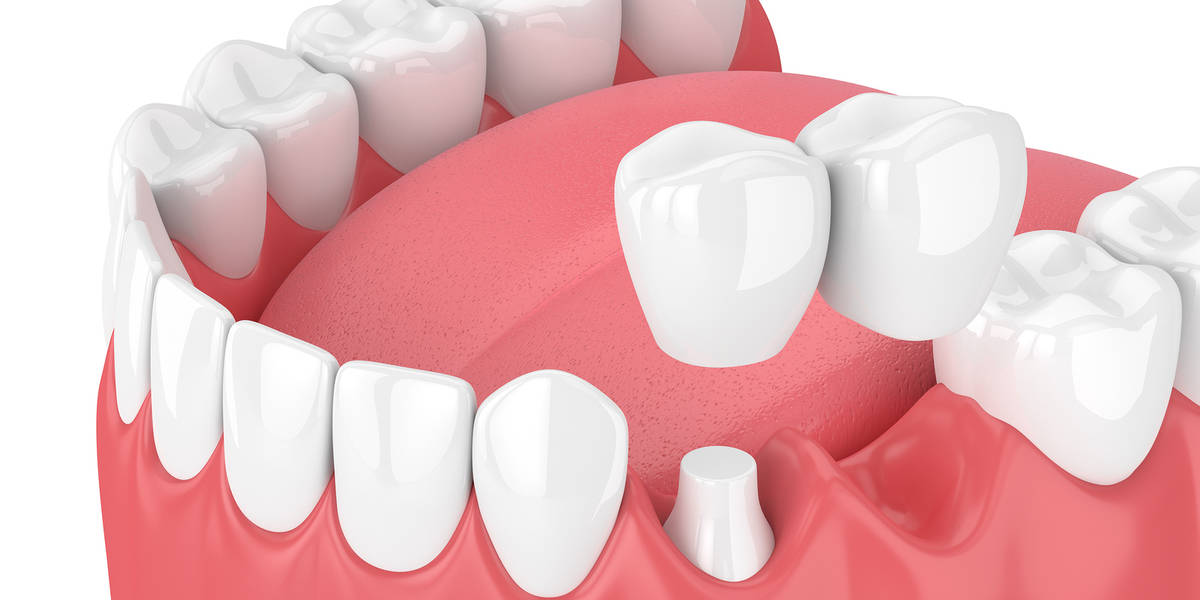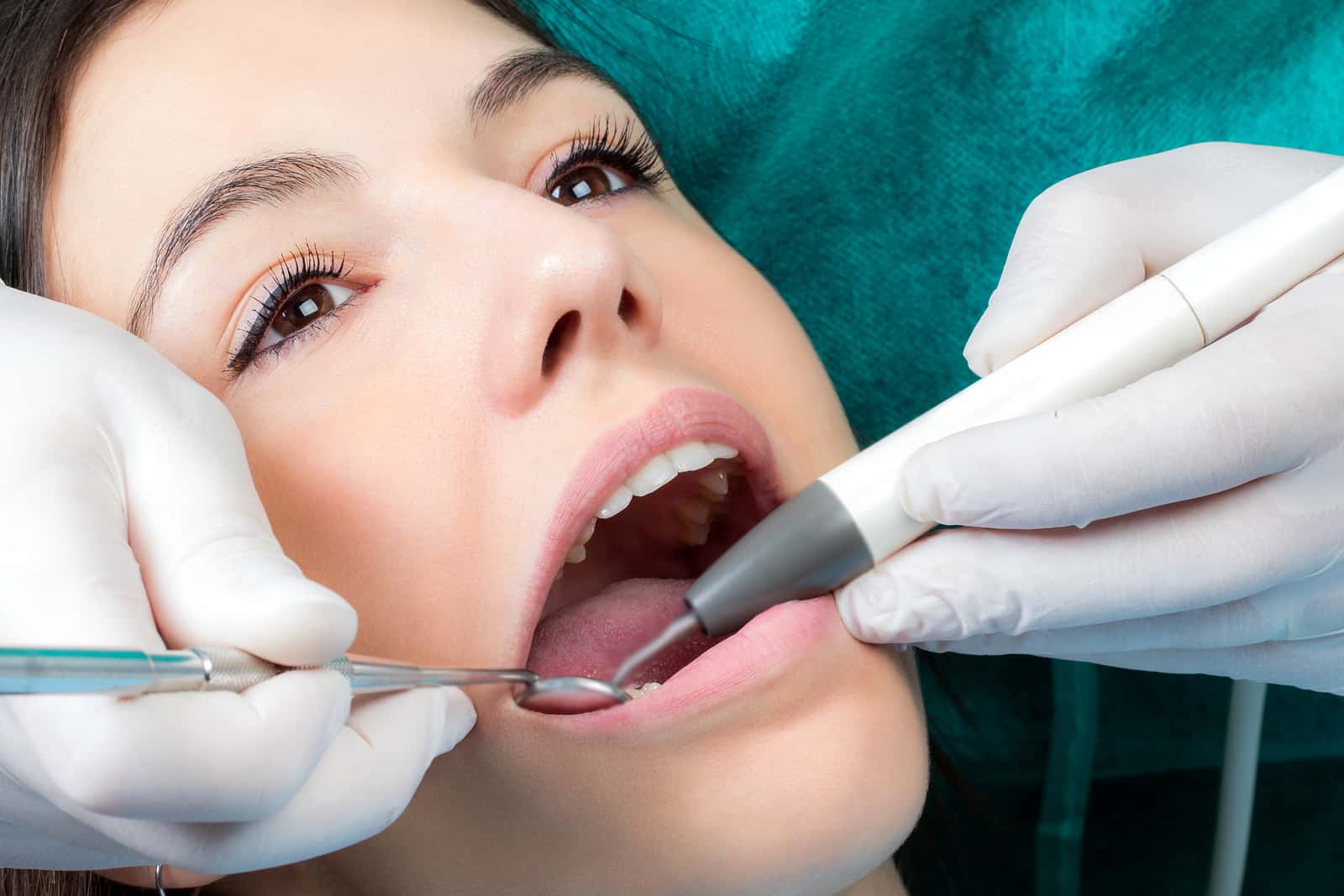
The daily life of an athlete involves engaging in strenuous activities. Athletes deal with high risks for injury, so they use custom sports mouth guards for protection.
You can also benefit from using customized mouth guards even if you don’t engage in sports daily. Recreational activities you get involved in can still pose risks to injuries, thus leading to dental treatment.
Custom sports mouth guards for protection
Athletes use a sports mouth guard to protect their teeth and jaw during sports activities. Different types of protectors are available, but customized ones are the top picks. Your mouth and teeth structures are different from others, so using a one-size-fits-all one isn’t ideal.
Accidents can quickly happen in any physical activity, and this is where a sports mouth guard comes in handy. Wearing one limits the risk of mouth-related injury by protecting your teeth and the soft tissues in your mouth. Thus, you won’t need any cracked tooth fix or tooth replacement.
Wearing custom sports mouth guards can avoid the following dental problems or injuries:
-
Chipped tooth
-
Teeth loss
-
Tooth nerve damage
-
Jaw injury
-
Severe concussions
Custom sports mouth guards are excellent shock absorbers that will give you high protection against possible injuries and trauma. On the contrary, an ill-fitting mouthguard can do more damage when intense force is applied.
Pre-made vs bespoke mouth protectors
Athletes commonly use two types of mouth guards. Some prefer purchasing a pre-made one because it is affordable. Meanwhile, others prefer customizing their own for the best fit.
Boil and bite mouth guards
Sports goods establishments sell boil and bite mouth protectors made of thermoplastic material.This type of mouth protector is also known as an off-the-shelf mouth guard. Since a boil and bite mouth guard is readily available, its primary selling point is its affordable price.
The steps are simple in using your mouth guard for the first time.
-
Soak the mouth guard in hot water to soften the material.
-
Once the material softens, place the mouth guard in your mouth.
-
Mould the material to your teeth by applying pressure using your tongue and finger.
Custom-fitted mouth guards
Unlike off-the-shelf mouth protectors, custom-fitted ones require accuracy to fit your mouth well. Your dentist customizes the mouth guard by using a soft material for teeth impressions.
The customization procedure uses a material different from the actual mouth protector. Hence, custom-fitted mouth protectors are an expensive option because of the time and detail spent to design them. Learning how you can protect your mouth while staying active is essential. Consult your Markham dentist to design a custom mouth guard that can give you optimal protection.











